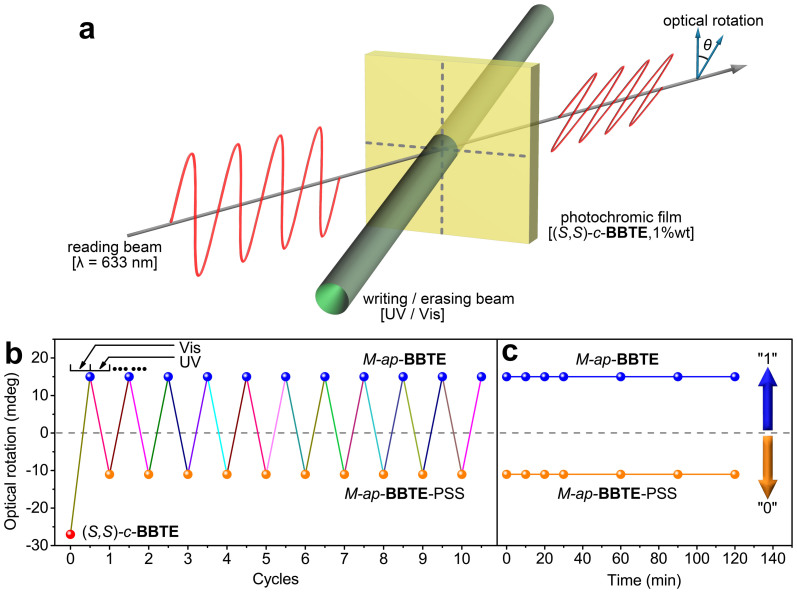Figure 4. Non-destructive readout on photochromic film utilizing optical rotation as output signal for photomemories.
(a) Schematic illustration of an all-photonic memory device with non-destructive readout capability. UV (λ = 302 ± 20 nm) and visible (λ > 470 nm) light is used for writing and erasing processes, while detecting optical rotation is selected for reading process, utilizing polarized light (λ = 633 nm). Photochromic film: PDLLA film 60 (μm) containing 1.0 wt% of (S,S)-c-BBTE. (b) Fatigue resistance of optical rotation upon irradiation of visible light (λ > 470 nm) and UV light (λ = 302 ± 20 nm), alternatively. (c) Photo-stability of optical rotation under the irradiation at 633 nm (1.5 mW cm−2), optically filtered from a white LED (3 W). Setting zero point as the threshold for “0” and “1” states can construct an all-photonic molecular binary storage device with excellent fatigue resistance and non-destructive readout capability.

